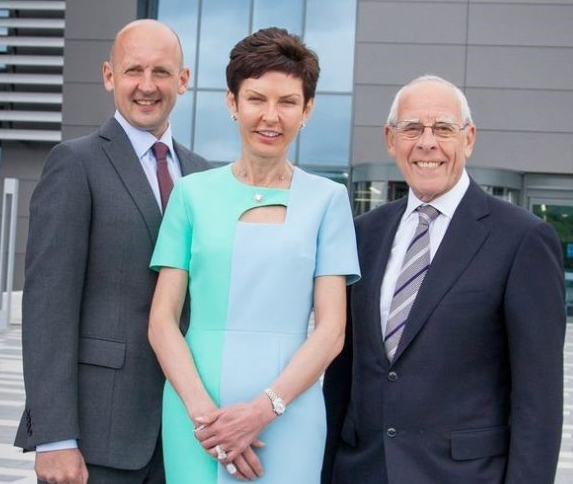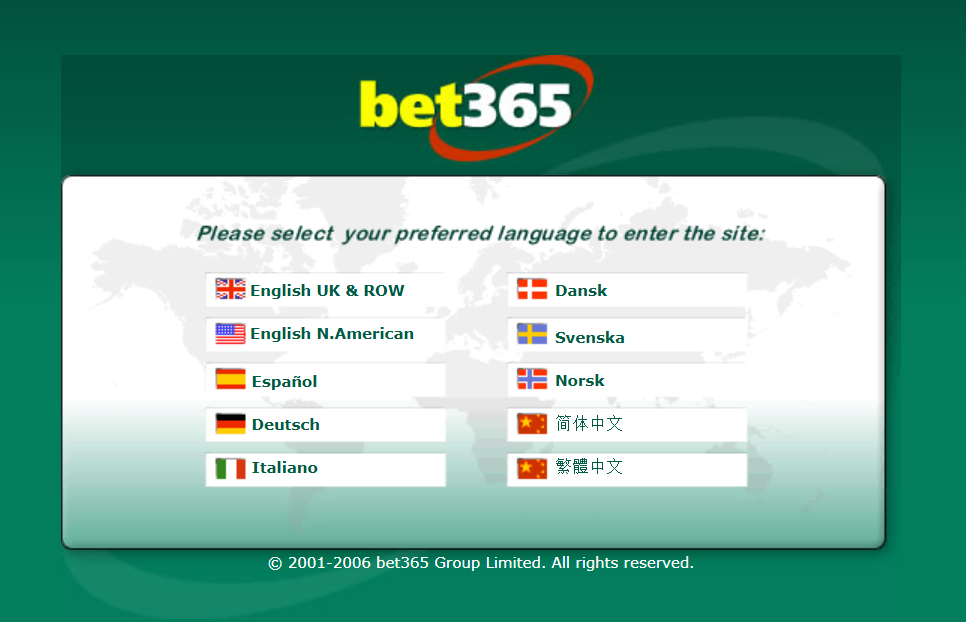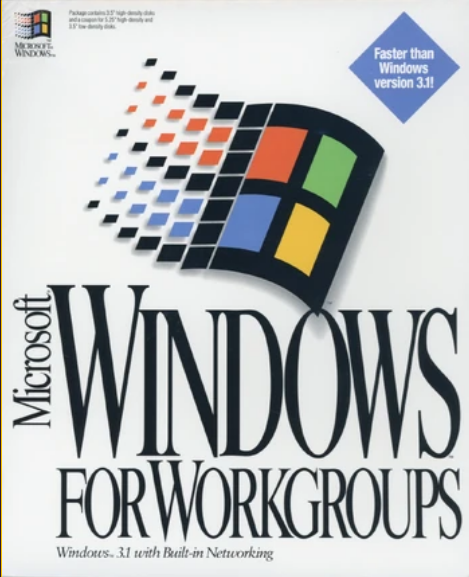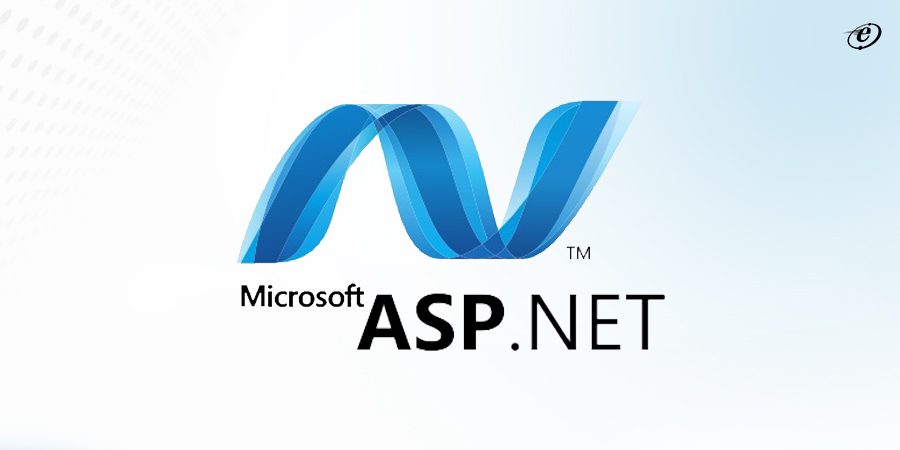Physical Address
304 North Cardinal St.
Dorchester Center, MA 02124
Physical Address
304 North Cardinal St.
Dorchester Center, MA 02124

The Coates family with Denise in the center
Talking of online gambling ladies that did well. The extremely successful owner of Bet365 is a lady that I’ve never had the pleasure to meet, Denise Coates CBE.
Bet365 was to be a quality product and a technical success because the right choices were made.
Daughter of a successful local business man, Peter Coates, Ms Coates would prove to be a clever student with an amazing memory. She studied Econometrics (the study of economic measures) at Sheffield University.
During the holidays, she would work in one of her father’s betting shops as a cashier. She learned the trade and by the time she left university, she could run the place.

From here…
After she initially trained as an Accountant, at 22 years old, her father made her the MD of the betting shops, which in those days were called Provincial Racing. She described them at that time as being “Pretty rubbish betting shops”.
She soon proved to be competent and could be trusted. She had an ability with numbers, All key requirements of a Bookmaker.
And the banks trusted her too. She was able to raise enough money to buy out a rival chain of betting shops, and so the empire began. Her family’s portfolio would increase from 12 shops to 50.
The betting shops were given a cohesive identity – they were tarted up and the staff given uniforms. “Customer focus” became the key words. As a result of the changes, they became more attractive to younger folk and to ladies. They did well.

To here.
In the late 90’s, Ms Coates had a plan. Somehow her attention had turned to the Internet and its endless possibilities.
“I was convinced early on that gambling would work well on the internet,” Ms Coates told the Stoke Sentinel. “It is private, accessible and allows you to present a huge range of betting opportunities to customers.”
She opted to develop her own software and not to rely on a third party developers. This would prove to be a good thing, but would initially cost a of money. Risky.
However, she was able to leverage her improved betting shops and obtain the funding ( £15m) she needed to develop her own online sportsbook. And it had to be successful or they would lose their business.

Bet365.com went global just to start with
After obtaining the domain name Bet365.com went online in March 2001.
You could say it went quite well, the Coates family recently became the UK’s biggest tax payers, annually contributing nearly 500 million British pounds to the government coffers.
Along the way, they sold their retail betting shops to Corals for £40m and paid back the £15m loan. This was also a smart move and enabled them to concentrate on the online business only.

Nice work!
Bet365’s success comes down to a combination of smart strategy, timing, and innovation.
They went all-in online. However, they could have been too late; Intertops were already 5 years online and there were many prominent UK competitors, such as Ladbrokes and William Hill having claimed their stake.
Their late arrival to the market may have been their advantage though, as they were able to leverage the latest technology and present the bettor with a professional experience. They chose Microsoft .ASP to present their services and it proved to be a good choice. They’ve stayed with the technology to this day.
Also a factor was that they controlled their own development team. They were able to come up with new products and develop them themselves. For example, they innovated by popularizing in-play (live) betting, allowing users to place bets on events as they unfolded. Also, they integrated live sports streaming directly into their platform, giving bettors a reason to stay engaged.
Fundamentally, using the latest technology – Microsoft .ASP, they came up with a better online sportsbook product.

Microsoft monopolized the office
.ASP is a product that almost did not exist. Microsoft had nearly missed the internet boat; until it realized it’s mistake, it had largely ignored the browser’s emergence and concentrated on local networks instead.
The Microsoft and the Internet story goes, in short, as follows:
In 1993, Microsoft had transformed office access to the internet with Windows for Workgroups 3.11. It displaced Novell and now ‘owned’ the office space. Windows was everywhere.
Unfortunately, Microsoft ignored the web’s development – Bill Gates initially dismissed the web, believing that personal computers and local networks were more important.
However, in 1994 Netscape launches Navigator which proves to be a big success. It dominates the early browser market.

Bill Gates finally saw the tidalwave
In 1995, Bill Gates realizes his mistake and issues his famous “Internet Tidal Wave” memo, shifting Microsoft’s focus to the web.
He wrote: “The Internet is the most important single development to come along since the IBM PC was introduced in 1981.”
Also, he acknowledged that Microsoft had underestimated the Internet’s impact and was behind in internet technologies. Companies like Netscape, Sun Microsystems, and AOL were ahead in browsers, web servers, and online services.
Gates called for every Microsoft product to have internet integration. He pushed for:
Most of it worked to start with. Explorer 1.0 was released in August 1995 and was popular – by 1998 Explorer had overtaken Netscape Navigator.
They wanted some money?
The online service plan, called MSN (Microsoft Network) came to life initially as a subscription based service. This proved to be unpopular as no one wants to pay for anything on the internet. They pivoted in 1998 and MSN became a collection of online services, including news, messaging (MSN Messenger), email (Hotmail), and search.
What’s Left of MSN Today? MSN.com still exists as a news and lifestyle portal, but it’s no longer a core Microsoft product. MSN email accounts still work, but Hotmail was rebranded as Outlook.com. MSN services like MSN Messenger, Groups, and Explorer were all shut down.

.ASP was Microsoft’s great white hope
As part of the new strategy, Microsoft created their own web server called Microsoft Internet Information Services (IIS) to rival products such as Apache.
The early releases were pretty basic and only designed to serve basic HTML pages. However, in 1996, IIS 3.0 introduced Active Server Pages for dynamic web apps.
.ASP runs on the server, not in the user’s browser. The primary purpose is to assemble HTML and send it back to the client. By interacting with a database, each page was built specifically for the user and the request.
The .ASP apps were written in VBScript or Jscript which was Microsoft’s version of Javascript). Each line of .ASP code was executed (or interpreted) each time a page call was made.

ASP.NET replaced .ASP
.ASP proved to be a success and was actively developed by Microsoft. However, it was soon superseded by the release of ASP.NET in 2002 which, rather than interpreting each line of code, ASP.NET supported compiled languages ( C#, VB.NET, F#) . This sped things up but became rather complicated.
ASP.NET lent itself more to the corporate and government markets where high performance and security were more of a concern. And where they have deeper pockets.
Bet365.com uses ASP.NET to this day.